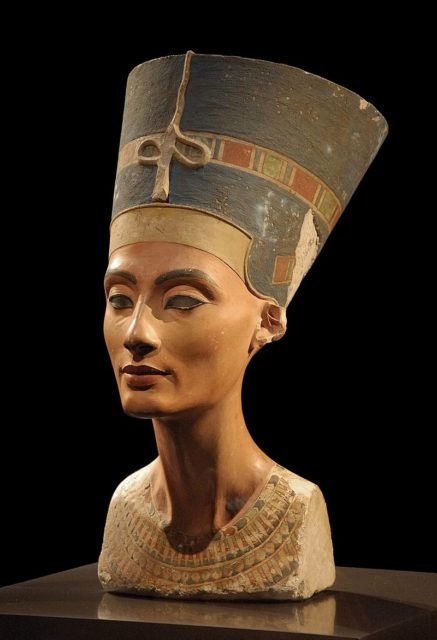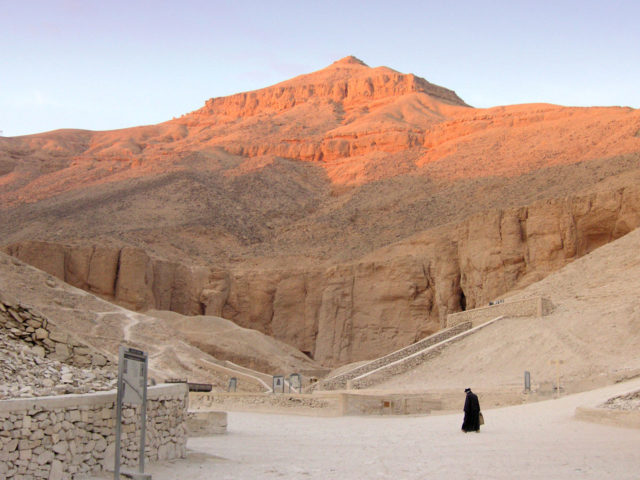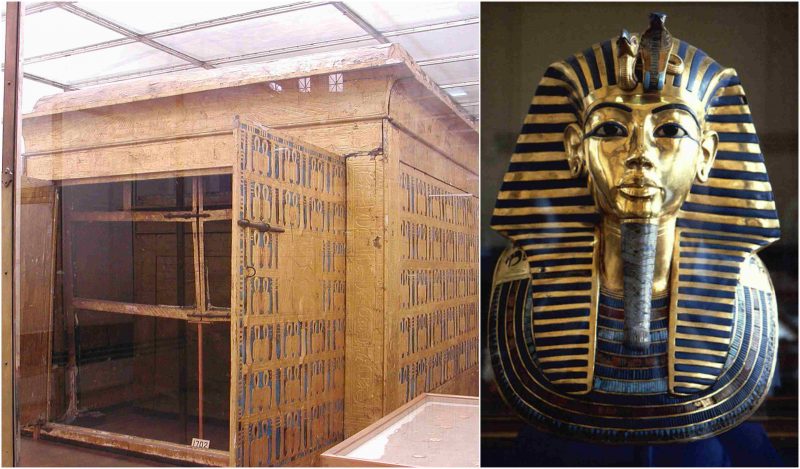The quest is on to find Queen Nefertiti’s tomb, which is hoped to be near that of the already-discovered tomb of King Tutankhamun.
Researchers started the scanning work at 5 pm after the Valley of the Kings was closed to tourists. They scanned the walls at five different heights and used two different radar antennas set at 400 and 900 megahertz. One set of scans was for depth perception and the other for feature perception. The researchers were pleased with their scans, saying it’s the best-detailed data they have collected so far for the secret chambers.

Dr. Nicholas Reeves, in his analysis of the high-resolution scans of the walls, spotted what looks to be a secret entrance. The shapes are at ninety-degree angles to the ground and positioned relative to the objects in the room. He believes he has also found evidence that there are bricked-up entrances. Dr. Reeves speculates that the design of where the King was laid to rest indicates the tomb was made for a woman. He believes that in one of the hidden chambers lays the remains of Queen Nefertiti, who could have been the King’s mother.
#Nefertiti‘s Tomb still not found. Radar scans found no hidden chambers in #TutsTomb https://t.co/Dx8RGCgwcF pic.twitter.com/L7BmboH7MI
— Ellie Crystal (@EllieCrystal) May 11, 2016
p;
The two rooms found on the scans are labeled area 1 and area 2. Area 1 is thought to contain metals and organic materials and area 2 contains organic materials. With the rooms unopened it is not yet known what the organic material is. The walls of King Tutankhamun’s tomb are plastered over and could easily hide other concealed entrances.
Reeves believes that the chamber on the north side is the one with Queen Nefertiti’s remains. The reason he thinks the Queen could be there is that Tutankhamun died at the young age of 19, and it is possible that he was buried in a chamber off to the side of the Queen’s tomb. It is suggested that his death had come as a surprise to his family and so no time was available to build him his own burial chamber. There is no hard evidence to say how he died, but many theories have been put forward.

Mystery surrounds the young King and his family due to his complex family arrangements. The young King’s father was Pharaoh Akhenaten, but as yet no one knows who his mother was. DNA testing is starting to help unwind the relationships of the different mummified remains found in the Valley of the Kings.
The mummy found in the tomb of Amenhotep II has been confirmed as Queen Tiye, mother of Pharaoh Akhenaten and grandmother of the King. A third mummy found had DNA testing done on it and it was found that she was the King’s sister. It is thought by some scientists, but hotly refuted by others, that Nefertiti is the King’s mother and his cousin – there is no evidence either way at this point, but it would explain the malformations that afflicted King Tutankhamun. He had a deformed foot, mild curvature of the spine, and a slightly cleft palate, Mail Online reported.
We have another story for you: Queen Nefertiti may lie buried behind Tut’s tomb
The hidden chambers and the items of interest inside have sparked much interest throughout the archaeological community. It is hoped that it will help the flagging tourist industry in Egypt, which has declined significantly in recent years due to the political unrest in the country.
